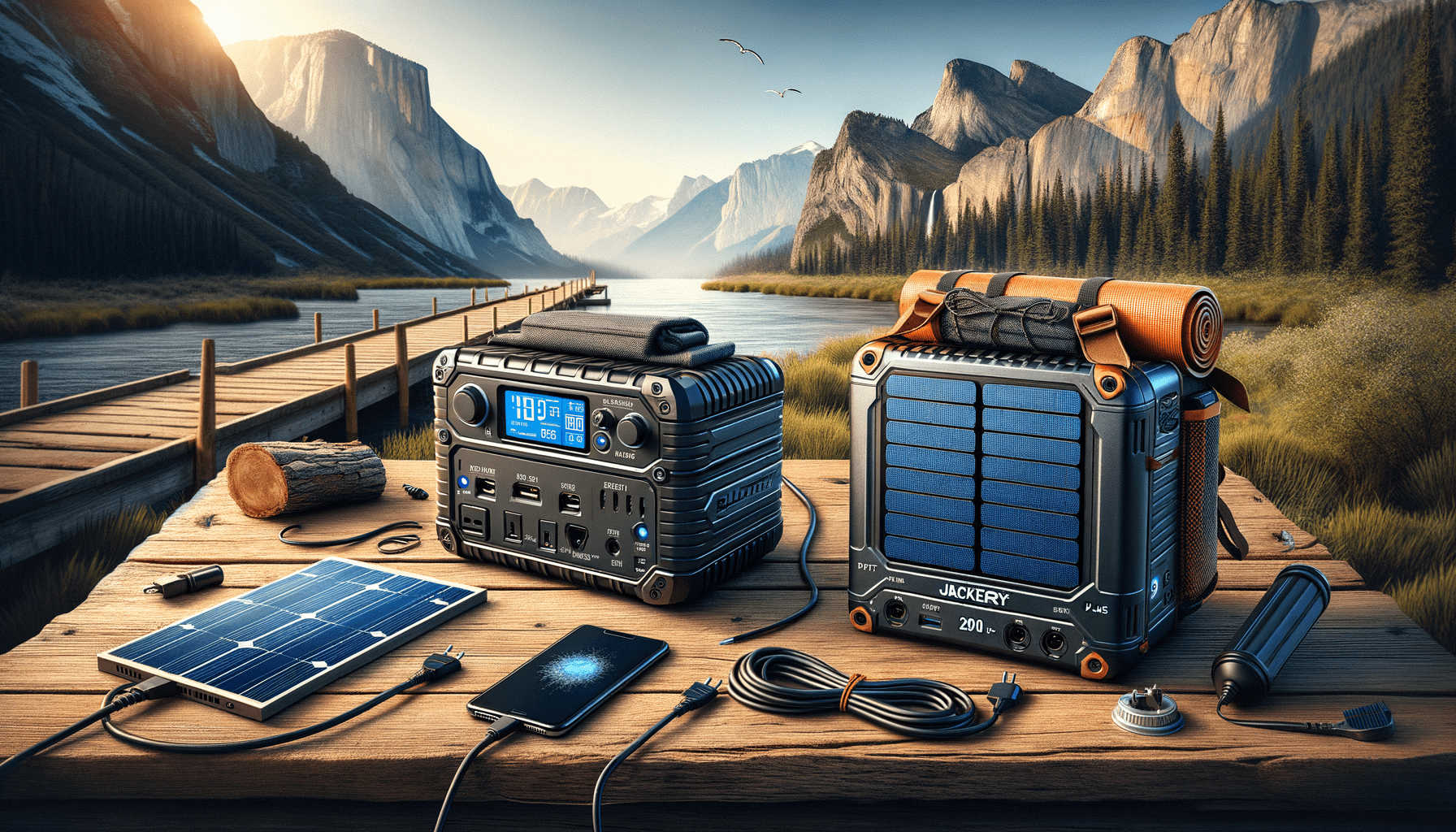In the wilderness or during a power outage, having a reliable source of energy is invaluable. The Jackery Explorer 1000 Plus and the Renogy Portable Power Station 500 are both respectable contenders in the current portable power market. In this comparison, we’ll dissect their specifications, features, and uses, helping you decide which one is the best fit for your power needs.
Power and Performance
When it comes to power, the Jackery Explorer 1000 Plus is a bit of a powerhouse with its 2000W inverter and 1264Wh capacity battery. The Renogy 500, though, isn’t far behind. It’s got a solid 800W pure sine wave inverter but a lower capacity of 495Wh. The Jackery can power more demanding appliances and for longer, but if your needs are more modest, the Renogy is still a strong option.
Charging and Capacity
Both units offer solar charging capabilities, which is a boon for eco-friendly users and those far from grid power. The Jackery boasts a faster solar charge time, ideal for rapid deployment, but the Renogy counters with its iTurbo technology for quick AC recharges. Moreover, the Jackery’s capacity can be expanded up to a whopping 5kWh, leaving the Renogy’s 990Wh maximum (when using two units together) in the dust.
Charging Port Options
Connectivity is where things get interesting. The Jackery brings multiple USB ports, including USB-C, and a plethora of AC outlets and a DC carport. Renogy isn’t too shabby either, offering even USB-A fast charging alongside its other AC and DC options.
Design and Portability
When you’re lugging around a power station, size matters. The Jackery, with all its might, is naturally heavier at 32lbs, opposed to the Renogy’s leaner 16.71lbs. This makes the Renogy more portable, but the Jackery’s design isn’t to be taken lightly – it’s compact and built for the rough and tumble of outdoor life.
Ease of Use and Safety
Safety isn’t a tradeoff with either of these units. Both offer advanced battery management systems to protect against all sorts of electrical mishaps. The Jackery stands out with its APP connectivity allowing for intelligent power monitoring and control, which Renogy matches with its own DC HOME app.
Environment and Longevity
If longevity is a concern, the Jackery has you covered with its 10-year lifespan and 4000 charge cycles, thanks to its LiFePO4 battery cells. Renogy doesn’t specify its cycle life, but with advanced safety features and durable design, it’s also built to last.
The Verdict
Both devices tick several boxes for various use cases. The Jackery 1000 Plus is for those who need a robust power supply with room to grow. Renogy’s offering is perfect for lighter power users who prioritize portability and fast charging.
| Feature | Jackery Explorer 1000 Plus | Renogy Portable Power Station 500 |
|---|---|---|
| Battery Capacity | 1264Wh | 495Wh |
| Inverter Capacity | 2000W | 800W |
| Surge Capacity | NA | 1600W |
| Expandable Capacity | Up to 5kWh | Up to 990Wh |
| Charging Ports | Multiple USB, AC, DC carport | 3 AC, USB-A and C, CIG port |
| Charging Options | Solar, Wall, Car | Solar, AC Fast Recharge, Car |
| Cycle Life | 4,000 cycles | NA |
| Weight | 32lbs | 16.71lbs |
| Smart App Control | Yes | Yes |
| Safety Features | ChargeShield, pure sine wave output, LiFePO4 battery | BMS Protection, pure sine wave output |
| Dimensions | 14in x 10.24in x 11.14in | 12.76 x 8.19 x 9.43 inch |




Leave a Reply